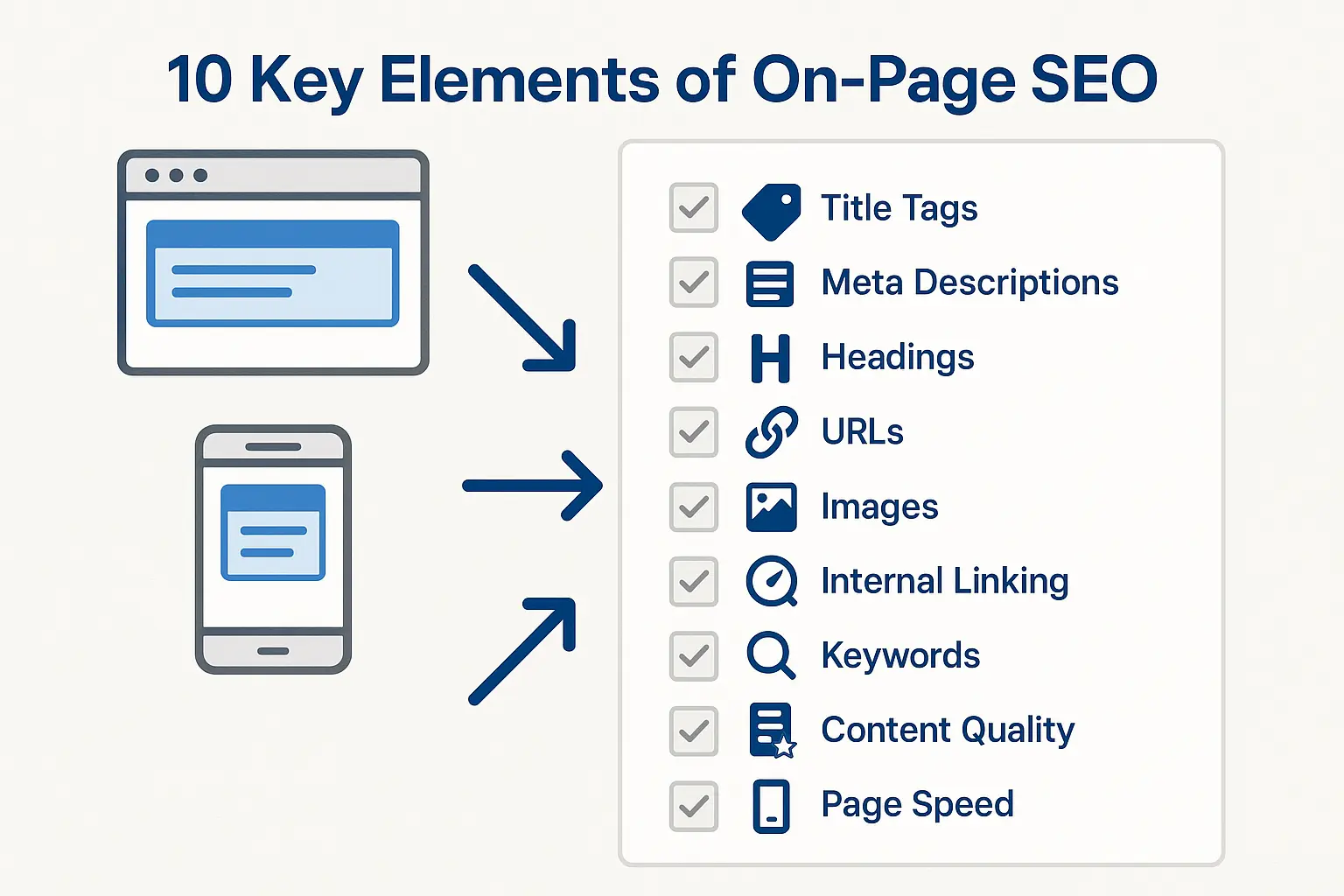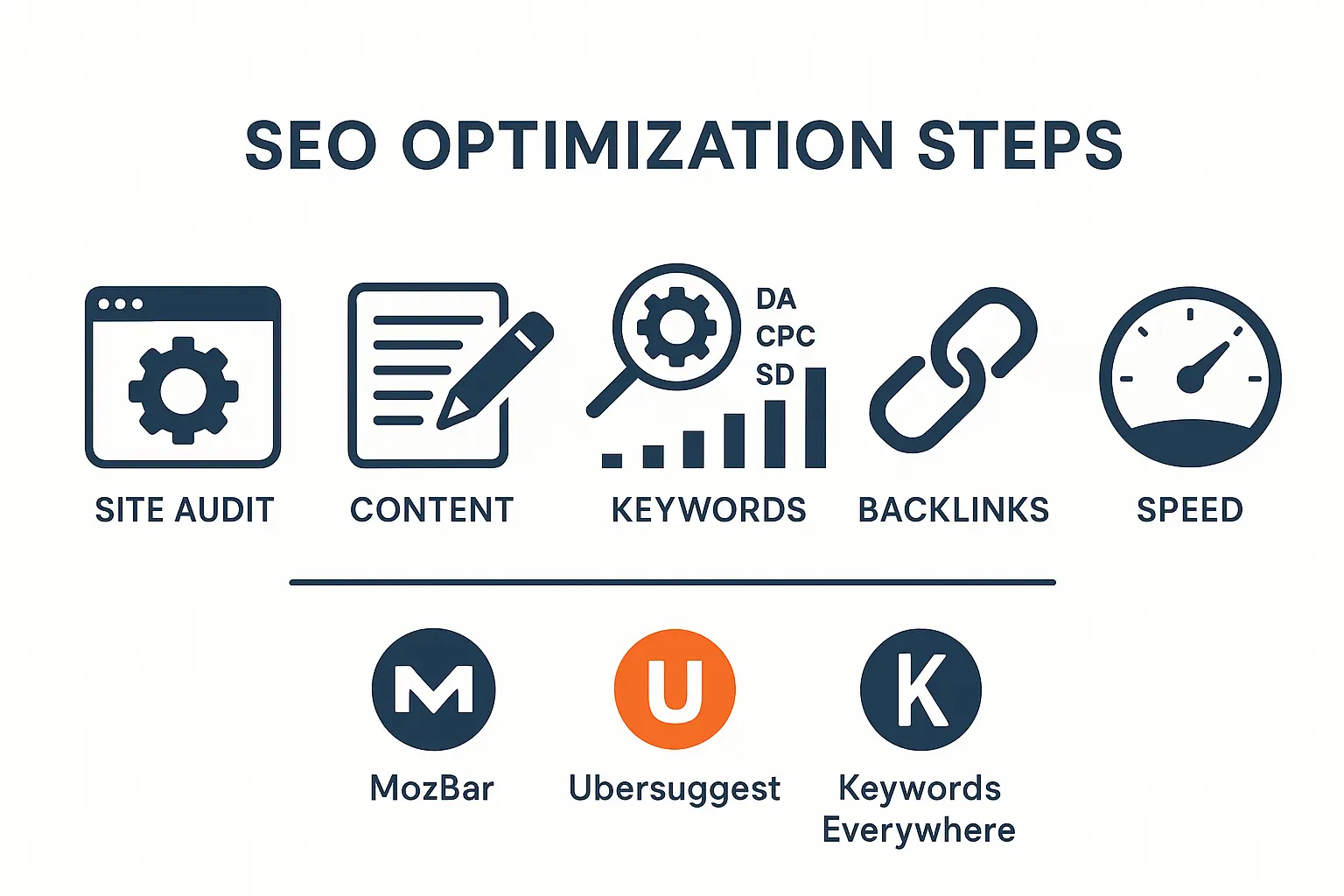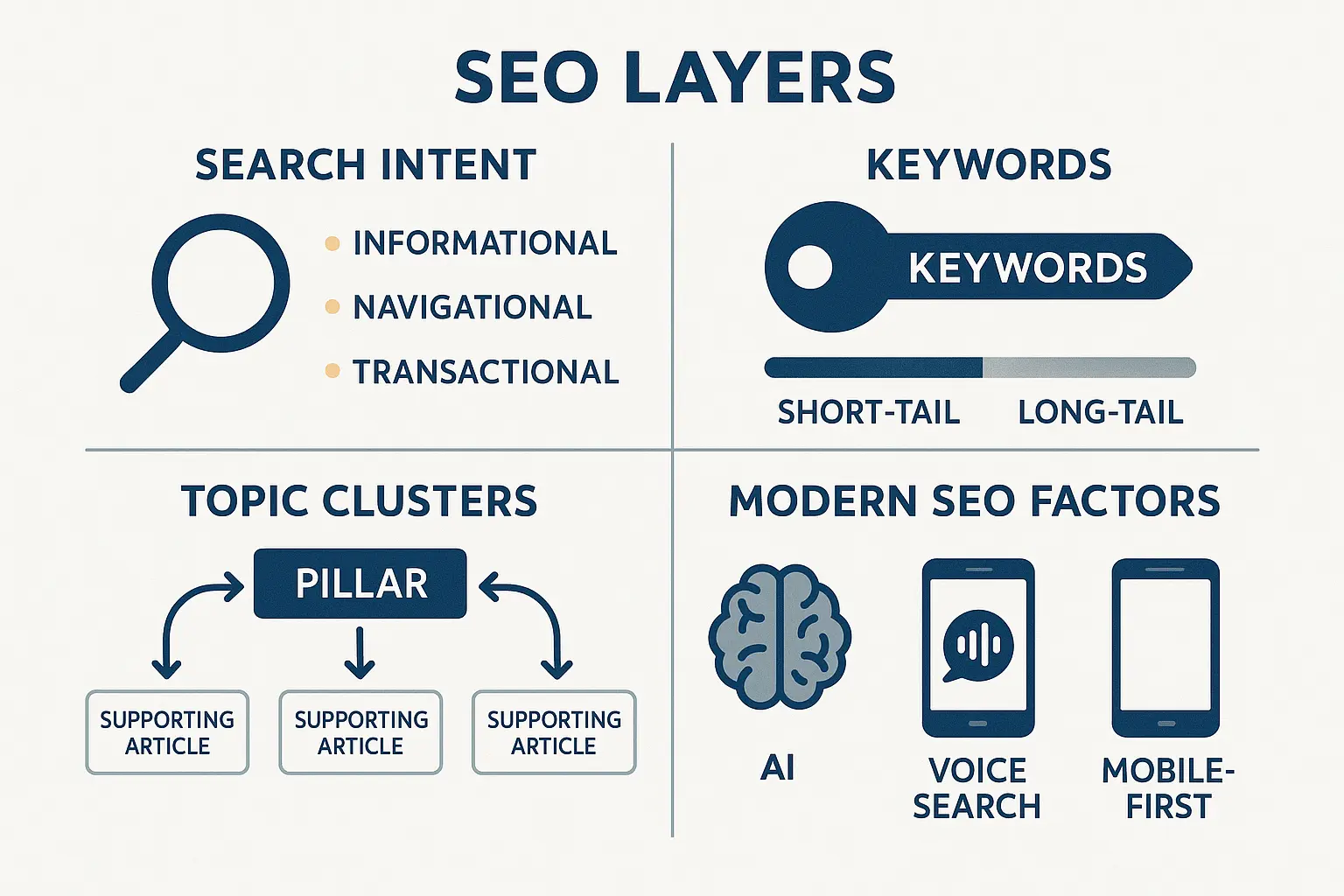How to Master Prompt Engineering and Get Smarter AI Answers

Have you ever typed something into ChatGPT or another AI tool and felt disappointed with the answer? You’re not alone. The secret isn’t that the AI is “bad” — it’s often that the way we ask questions matters. This is where prompt engineering comes in. Think of it like giving clear directions to a taxi driver: the better your instructions, the faster you’ll reach the right destination. In this guide, we’ll break down what prompt engineering is, why it matters, and how you can start using it to get the most out of AI tools today.
What is Prompt Engineering?
Prompt engineering is the art of writing effective instructions (called “prompts”) to get the best results from an AI tool.
A prompt can be a simple question like:
“Write me a poem about the ocean.”
Or a detailed request like:
“Write a 100-word poem about the ocean, in the style of Shakespeare, with a hopeful tone.”
Notice the difference? The second prompt gives the AI clear boundaries and specific goals, which means the answer is much closer to what you imagined.
Why Prompt Engineering Matters
Most AI tools are like smart assistants who want to help, but they need context. Without the right input, they may “guess” what you want, leading to:
- Wrong or vague answers
- Repetitive responses
- Overly generic content
By learning prompt engineering, you can:
- Save time (less trial and error)
- Get more accurate answers
- Make AI your partner, not just a tool
The Building Blocks of a Great Prompt
Here’s a simple formula you can use to write effective prompts:
[Role] + [Task] + [Details] + [Output format]
Example:
👉 “You are a professional copywriter. Write a short, catchy Instagram caption about a coffee shop opening, using 3 emojis.”
Let’s break it down:
- Role → Professional copywriter (sets tone "Act as ...")
- Task → Write a short Instagram caption
- Details → About a coffee shop opening
- Output format → Include 3 emojis
This clarity makes the AI’s response sharper and closer to what you need.
Types of Prompts You Can Try
- Instructional Prompts
“Explain blockchain as if I’m 12 years old.”
- Creative Prompts
“Write a bedtime story about a robot learning kindness.”
- Analytical Prompts
“Compare Tesla and Toyota in terms of innovation.”
- Role-Based Prompts
“Act as a fitness coach and design a 7-day workout plan.”
- Formatting Prompts
“Summarise this article in bullet points.”
Common Mistakes in Prompting
Even beginners fall into some traps when writing prompts:
- Being too vague: “Write an article” → (about what? for whom?)
- Asking multiple questions at once: “Write me a blog post and make it SEO and add 10 images”
- Forgetting the audience: A school-level explanation looks very different from a business report.
Practical Examples: Before & After
❌ Weak prompt:
“Tell me about AI.”
Response: A generic paragraph that could come from anywhere.
✅ Strong prompt:
“Explain artificial intelligence in simple terms for beginners, using a car as an example.”
Response: A relatable, easy-to-read explanation.
Tips to Master Prompt Engineering
- Be Specific: More details = better results
- Give Examples: Show AI what “good” looks like
- Use Step-by-Step Requests: Instead of one long question, break it into smaller prompts.
- Refine and Retry: Don’t stop after one answer — tweak your prompt until it feels right.
Conclusion
Prompt engineering isn’t about complicated coding — it’s about asking smarter questions. The next time you open ChatGPT, MidJourney, or any AI tool, try giving it a clear role, task, and format. You’ll be amazed at how much better the answers become. Remember, AI is only as powerful as the instructions you give it — so make your words count.
Action step: Pick one of your daily tasks (email writing, research, or content creation) and test it today with a refined prompt. See how much easier your work becomes.











No comments yet. Be the first to comment!